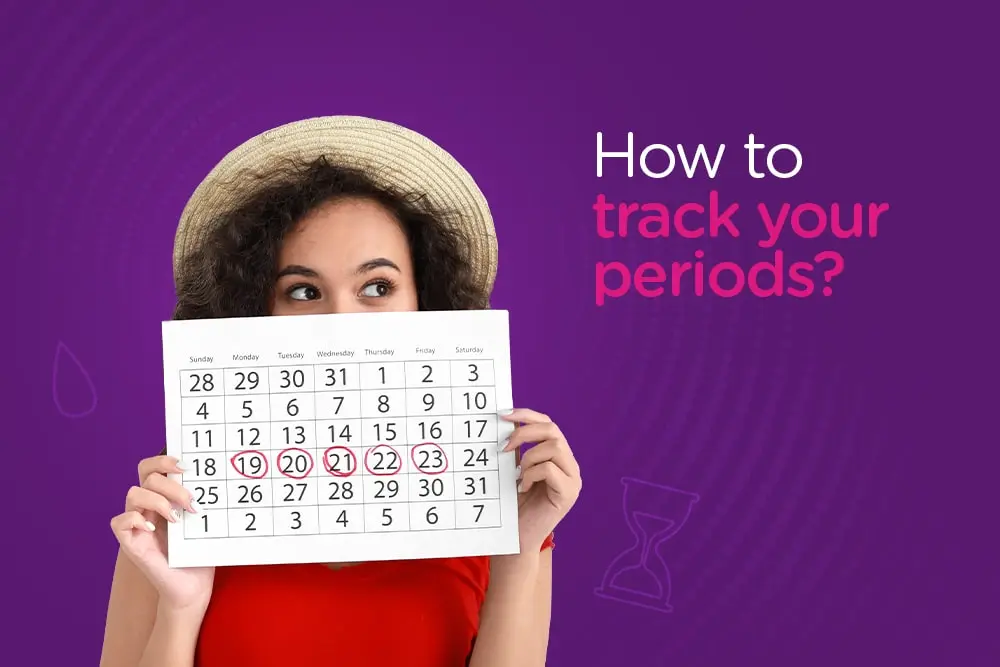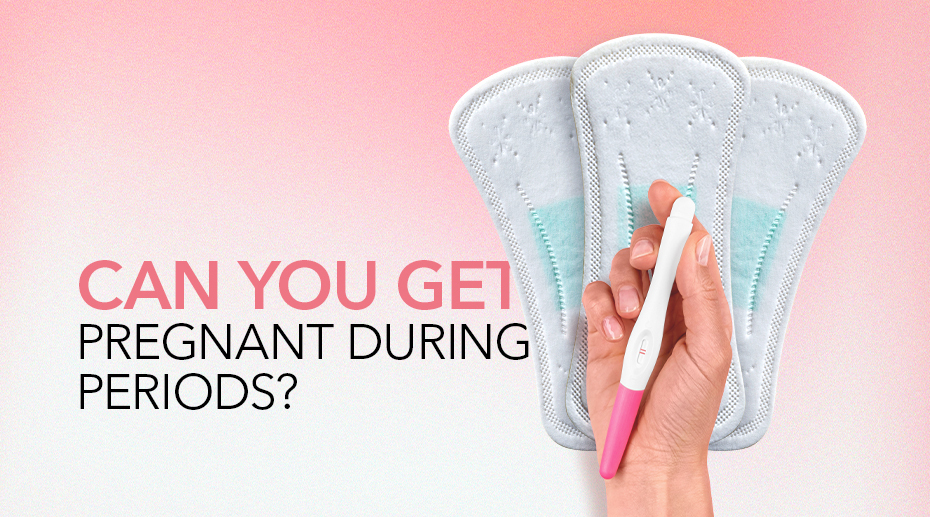

How to track your periods?
When did you have your last period? Did you just offer a blank stare like most women? Menstrual cycle tracking has many benefits, whether you’re a woman planning pregnancy, trying to prevent conception, or simply evaluating your overall health.
Tracking your periods is a good way to notice any patterns. It can help you gauge other symptoms, including headache, acne, PMS, a high sex drive, and more. If you’re thinking about getting pregnant, tracking your menstrual cycle can help you identify your ovulation day.
Technology has made it easier for women to track their period cycle. However, these trackers are not a foolproof way of preventing pregnancy and maintaining good reproductive health. Although the apps track additional markers like ovulatory pain, changes in cervical fluid, basal body temperature (BBT), etc., many other factors influence ovulation from one month to the next. As a result, many women have realized the need to track their cycle using an old-school paper calendar.
What is a Menstrual Cycle?
Menstruation is the shedding of the uterus lining every month. It is also known as menses, period, menstrual period, or menstrual cycle. A menstrual cycle starts when you menstruate or get your period. It refers to a series of changes a woman’s body undergoes to prepare for the possibility of pregnancy.
During ovulation, every month, one of the ovaries releases an egg. The uterus is prepared for pregnancy via hormonal changes as well. If ovulation takes place and the egg isn’t fertilized, the uterus lining sheds through the vagina. This is a complete menstrual cycle and lasts between 24 and 38 days.
Until a woman gets pregnant, she continues to have her period. If she is pregnant, she does not have a period until she is no longer pregnant.
Benefits of Menstrual Cycle Tracking
Recording the length and timing of your period, the qualities of menstrual fluid, and symptoms like fatigue or cramping can help you know your normal period cycle. The qualities of menstrual fluid you must record include amount, texture, and color. Knowing what a typical period is like for you can help you spot trends and remain prepared for the next one. You can also use this information to estimate when your next period is expected and plan your next big vacation or certain health care treatments like an IUD insertion, etc., accordingly.
If you know how your body reacts during normal menstruation, you can share the data with your healthcare provider. Periods serve as vital health indicators. Most clinicians will ask about the first day of your last period for diagnosing various health conditions in your body. You can easily provide this information if you are tracking your menstrual cycle.
Cycle tracking helps you identify significant changes to your cycle or symptoms that must be mentioned to your doctor. These symptoms or changes include severe pain that doesn’t let you engage in routine activities, feeling dizzy while on your period, unusual bleeding between periods, and heavy flow making you change your pad or tampon every hour. Menstrual cycle tracking helps to track patterns that clinicians can try to regulate by prescribing a hormonal birth control method. The Welme period pain relief device can help reduce pain and provide comfort so you can continue your day without any trouble.
Tracking Your Menstrual Cycle Without an App
Once you’ve understood the advantages of tracking your menstrual cycle, let’s understand how to track it
- Start by gathering basic information. If you used an app to track periods, note down the dates of your previous periods.
- Use a paper calendar or a notebook to mark these days. Add a note or key to show your period days. You can use colourful markers and stickers to make it look creative and attractive.
- After you have collected information about your past period cycles and put them in a calendar, you’re ready to assess what your typical period looks like.
–First, observe the duration of your period. Period length differs from one person to another and can last for 2 to 7 days. Most women have a pattern for how long it lasts, 3 to 4 days or 5 to 6 days, for instance. Depending on your previous period lengths, evaluate how long your periods last and record this information.
–Next, check how long is your menstrual cycle. For this, count the number of days between the first day of your last period and the day before your ongoing period. The average menstrual cycle is between 26 and 32 days long and differs from person to person. Based on your menstrual cycle lengths, notice how long your menstrual cycles are and record this information in your diary.
– While the number of days between cycles and the lengths of periods varies from one person to another, it also differs from one menstrual cycle to another, especially if one changes their routine or experiences emotional/physical stress. It is not possible to accurately predict future periods whether you use an app or a paper calendar. So, you need to take the best estimate for when a period will come.
- Once menstrual cycle tracking lets you understand the length of your periods and cycle, you can begin to judge when your next period is likely to come. Start counting from the first day of your most recent period for the number of days your menstrual cycle lasts. When your cycle ends, expect to have your period the next day. You can set a reminder for this day. For instance, if the first day of your period is 28 June, and your cycle is 28 days long, you will have your next period on 26 July.
- Remember to note down other aspects of your period, such as your feelings, mood, emotional changes, how heavy your bleeding is, or other patterns. You can also record patterns of changes in your body while you’re not on your period. This includes information about days you had sex, any discharge changes, or emergency contraception.
Ending notes
If you know your body and its cycles intimately, you can easily recognize when something is amiss. A change in the menstrual cycle is the first sign of several women’s health issues. When a regular menstrual cycle turns irregular, it can indicate irritable bowel syndrome, liver function problems, a hormone/thyroid issue, diabetes, or other health conditions. Painful periods are a sign of PCOD or PCOS, where you will need to use a pain-relieving medication or a Welme period pain-relief device to continue your day-to-day activities. One early, late, or missed period isn’t a cause of concern, but menstrual irregularities accompanied by other symptoms require a visit to the obstetrician or gynaecologist.













I like this web site very much, Its a really nice berth to read and receive information.
This web site is really a walk-through for all of the info you wanted about this and didn’t know who to ask. Glimpse here, and you’ll definitely discover it.